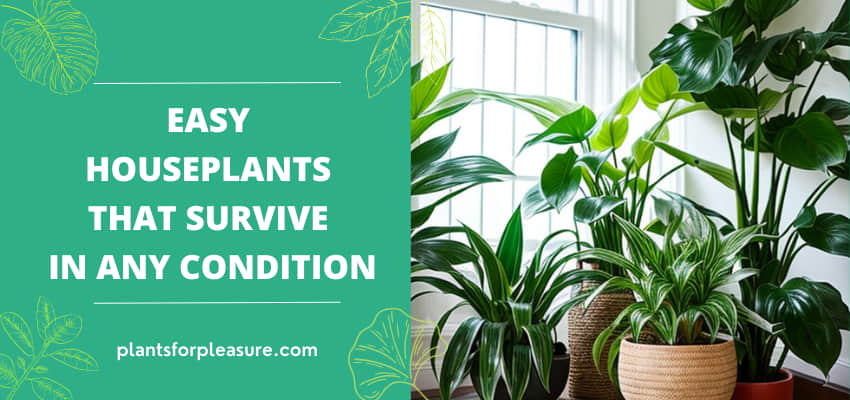
With so many houseplants to choose from, it can be hard to know which ones are the best for your home. And if you’re looking for easy houseplants that will survive in almost any condition, you’ve come to the right place. We have prepared a list of indoor plants that not only look amazing but are low maintenance and adaptable to various environments.
From low light to high humidity, these plants can tolerate various conditions. And with the proper care, they can thrive in your home for years. It is beneficial to have plants in your home for many reasons. Not only do they improve air quality, but they can also help to reduce stress and create a more calming environment.
Easy Houseplants for Your Indoor Garden
There is no need to be a green thumb to enjoy indoor plants. With so many low-maintenance varieties available, anyone can brighten up their home with some beautiful greenery. Whether you’re a beginner or a seasoned pro, there’s a resilient plant on this list that’s perfect for you. So, let’s discover these easy houseplants that will bring life and greenery into any space!
1. Air Plant
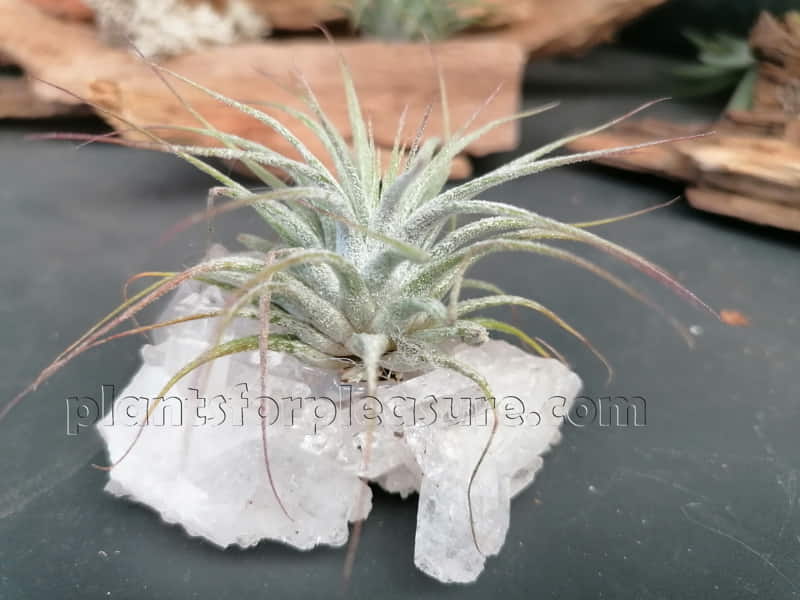
Air Plants, scientifically known as Tillandsia, are intriguing epiphytic plants that belong to the Bromeliad family. They are unique in that they don’t require soil to grow, deriving nutrients and water from the air through their specialized trichomes. The Air Plants are very low maintenance and can survive in a variety of conditions.
Air plants are renowned for their aesthetic appeal and versatility in home decor, as they can be placed in various creative arrangements. Interestingly, Air Plants come in a wide array of shapes, sizes, and colors, ranging from vibrant green to silver-gray and even shades of pink. They also produce colorful and often fragrant blooms, adding to their allure.
Caring for Air Plants involves placing them in bright, indirect light, and ensuring proper air circulation. They require regular misting or soaking to maintain their hydration. Their minimal care requirements and captivating features make them a popular choice for both experienced and novice plant enthusiasts seeking a distinctive botanical addition to their surroundings.
2. Spider Plant

The Spider Plant is the best low-maintenance indoor plant that can stand up to a lot of neglect and will thrive in indirect light. It produces many spiderettes, which can be used for propagating the plant. Water the plant every one to two weeks, allowing the top two inches of soil to dry out before watering again.
Spider plants are often grown in hanging baskets. They can grow from two to three feet wide and two and a half feet long. Every couple of years, repotting might be necessary because their roots tend to fill a pot.
Spider plants do well in bright, indirect sunlight and will tolerate low-light situations other plants might not tolerate.
3. Peace Lily

It’s no wonder that Peace Lilies are some of the best plants for beginners since they’re easy to care for and provide plenty of visual cues about their needs. It is also associated with the white flag, which is a sign of truce and represents peace, purity, and healing.
This hardy plant tolerates low humidity and low light, and its glossy dark green leaves add brightness to any room. Peace lilies are also known for cleaning the air of toxins like formaldehyde and carbon dioxide, making them a great choice for office spaces. Just be sure to keep them out of drafts and chilly air, as they are not tolerant of these conditions. The peace lily is a good choice for someone looking for easy-to-keep plants that don’t require a lot of sun.
4. Aloe Vera

Aloe Vera plants are a type of houseplant that is known for being easy to care for and for being able to survive in almost any condition. These plants are also known for their medicinal and cosmetic properties.
Adding these plants to your living space will brighten up any room. Not only do they make a room look more inviting, but they also have some health benefits. The gel from the aloe plant can be used to soothe burns, and the plant itself can brighten up any room.
This makes them a great choice for those who don’t have a lot of time to care for plants or for those who don’t have the perfect conditions for growing plants.
These types of vegetation can be the best easy indoor plants for newbies!
5. Dragon Tree

The Dragon Tree (Dracaena Marginata), a great low-maintenance houseplant, is characterized by its slender, sword-like leaves that grow in a rosette pattern atop woody stems. Native to Madagascar, this plant offers both aesthetic appeal and air-purifying benefits. Its distinctive red-edged or variegated leaves come in shades of green, burgundy, and even pink, making it a visually captivating addition to any indoor space.
The Dragon Tree is well-regarded for its ability to filter and cleanse indoor air by removing toxins like formaldehyde, benzene, and xylene. This feature contributes to improved air quality and a healthier living environment.
Caring for a Dragon Tree is relatively straightforward, as it thrives in indirect sunlight and well-draining soil. It’s important to avoid overwatering, as the plant is sensitive to excess moisture. Allowing the soil to dry out between waterings is key. Regular dusting of the leaves and occasional pruning of dead or yellowing foliage help maintain its elegant appearance.
6. Calathea Ornata

Calathea Ornata or Pinstripe plant is a beautiful, bright green plant that has decorative leaves with cream or pink stripes.
Calathea Ornata is native to the South US and the West Indies and belongs to the Marantaceae family. This genus of plants found in the tropical US has around 60 species, most of which have decorative leaves and colorful inflorescence that make them popular pot plants.
Natives of the rainforest used the ornamental leaves of this plant to weave baskets, so it is often referred to as a “maranta basket.” But it’s not enough for Calathea to look good. It is able to absorb and neutralize harmful gases through its leaves. In this way, it purifies our air and helps to improve the indoor microclimate. So not only is this plant beautiful, but it is also beneficial for your health.
It is a low-maintenance plant that can be kept in almost any condition and is perfect for brightening up any room.
7. Rubber Plant

If you’re looking for an easy-to-care-for plant that will thrive in a variety of different conditions, the Rubber Plant is a great option. It prefers bright light but can tolerate lower light levels, making it a great choice for indoor gardening.
Additionally, the Rubber Plant has a high tolerance for drought, so it doesn’t require a lot of watering. Just be sure to keep it in a humid environment, as it does prefer humidity to dry conditions. With its large, thick leaves and low maintenance needs, the Rubber Plant is a great addition to any home. Just be aware that it is toxic to cats and dogs and the sap can cause allergic reactions in some people, so keep it out of reach of pets and small children.
8. Philodendron

House plants are an amazing way to brighten up any room, and with so many types available, there is sure to be one that will thrive in almost any condition. One of the best types of indoor easy houseplants for newcomers is the Philodendron. This plant is very low maintenance and can tolerate a wide range of conditions, making it the perfect choice for those who are new to plant ownership.
Philodendrons are also very fast growers, so you won’t have to wait long to see results. This plant does best in bright indirect light, but can also survive in low light conditions. Watering should be done every one to two weeks, allowing the soil to dry out completely between watering. With a little love and care, your Philodendron will thrive and bring beauty to your home for years to come.
9. Phalaenopsis Orchid

The Phalaenopsis orchid is a great indoor plant that can thrive in a variety of different conditions. It prefers bright light but can tolerate lower light levels, making it a great option for indoor gardening. It also has a high tolerance for drought, so it doesn’t require a lot of watering.
However, the Phalaenopsis prefers humidity, so it’s a good idea to keep it in a wetter, more tropical environment. Phalaenopsis orchids are also low maintenance, making them the perfect choice for those who don’t have a lot of time to care for their plants.
10. Christmas Cactus

Christmas Cacti is a popular indoor plant that can be found in many homes during the holiday season. They prefer bright light but do well in medium-light conditions too!
This cactus offers an arching appearance and long segmented stems topped by whorls of satiny flowers lilac, deep rose salmon, or white. After blooming is finished, prune it to encourage more branch formation, so you get fuller plants containing even more blossoms.
11. ZZ Plant
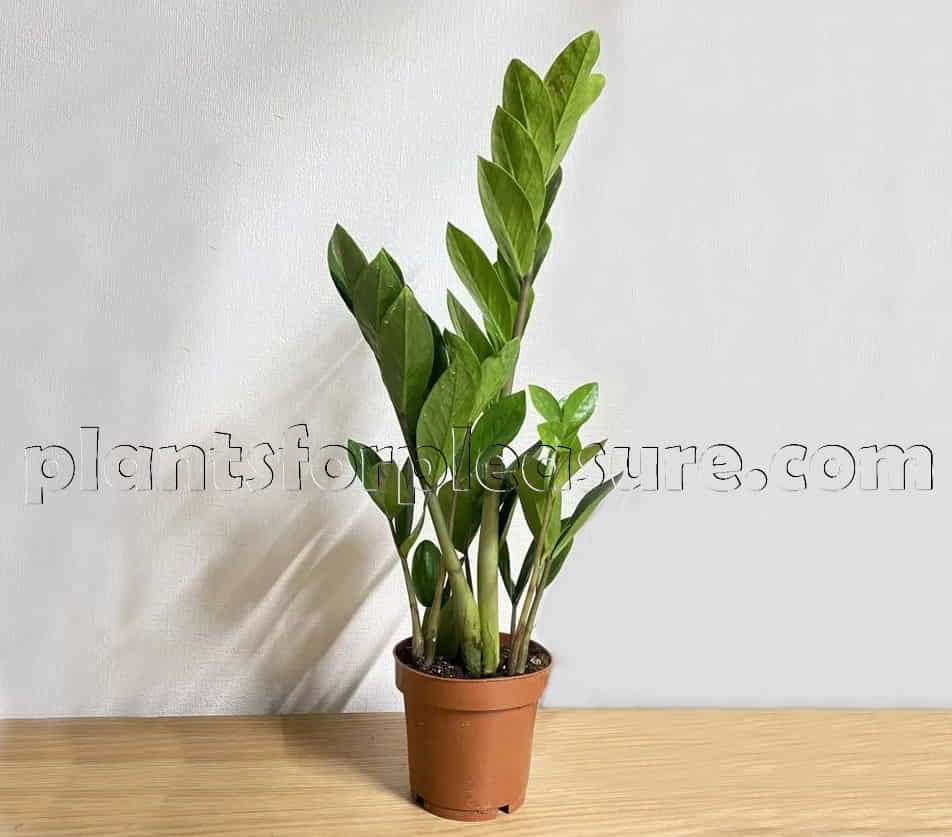
Zamioculcas Zamiifolia, commonly known as the ZZ plant or Zanzibar Gem, is a popular easy houseplant celebrated for its resilience and adaptability. Native to Eastern Africa, this tropical plant has gained popularity due to its low maintenance requirements and impressive air-purifying capabilities.
Its glossy, dark green leaves are characterized by their unique, waxy texture and attractive oval-shaped leaflets. Notably, the ZZ plant can thrive in low-light conditions, making it an excellent choice for indoor spaces with minimal natural sunlight. It stores water in its rhizomes, allowing it to withstand periods of neglect and drought.
Beyond its aesthetic appeal, the ZZ plant offers several benefits to indoor environments. It efficiently removes toxins like xylene, toluene, and benzene from the air, contributing to improved indoor air quality. Additionally, its ability to tolerate neglect and adapt to varying light conditions makes it an ideal choice for both novice and seasoned plant enthusiasts.
Care for the ZZ plant involves infrequent watering, allowing the soil to dry out between waterings to prevent root rot. With its ability to thrive in diverse settings and its air-purifying qualities, the Zamioculcas Zamiifolia remains a versatile and attractive option for enhancing any home or office.
12. Snake Plant

The Snake plant is one of the most striking houseplants. Sansevieria, also known as mother-in-law’s tongue, has pointed leaves that are hard to miss in the house. When in optimal conditions, mature leaves reach heights above 6ft (2 m) and are dark green with light gray-green cross-banding.
They grow tall and straight, making them a good choice for people who have a small space. Snake plants are also said to purify the air, which is why some people like to have them in their houses. Another bonus is that they don’t need a lot of light and water to survive.
It grows almost anywhere and doesn’t require much care. Despite its tolerance for neglect, Sansevieria benefits from proper care. A snake plant is not only a great plant for beginners, but it is a perfect houseplant for experienced houseplant growers as well.
13. Dieffenbachia

Dieffenbachia, also commonly known as Dumbcane or Tuftroot, is a genus of tropical flowering plants in the family Araceae. It is native to the New World Tropics from Mexico and the West Indies south to Argentina. The genus is named after Joseph Dieffenbach, a 19th-century German-born botanist specializing in exotic plants. Dieffenbachias are popular houseplants because they are easy to grow and care for.
They thrive in strong, indirect light and prefer to be kept on the dry side. Diphenbachia seguine leaves are large and variegated with white, yellow, or green patterns. But be careful, because humans and animals (for example, domestic cats that chew on houseplants) both can be affected by the calcium oxalate crystals, contained in parts of the plant, which are poisonous if swallowed.
14. Prayer Plant (Maranta)
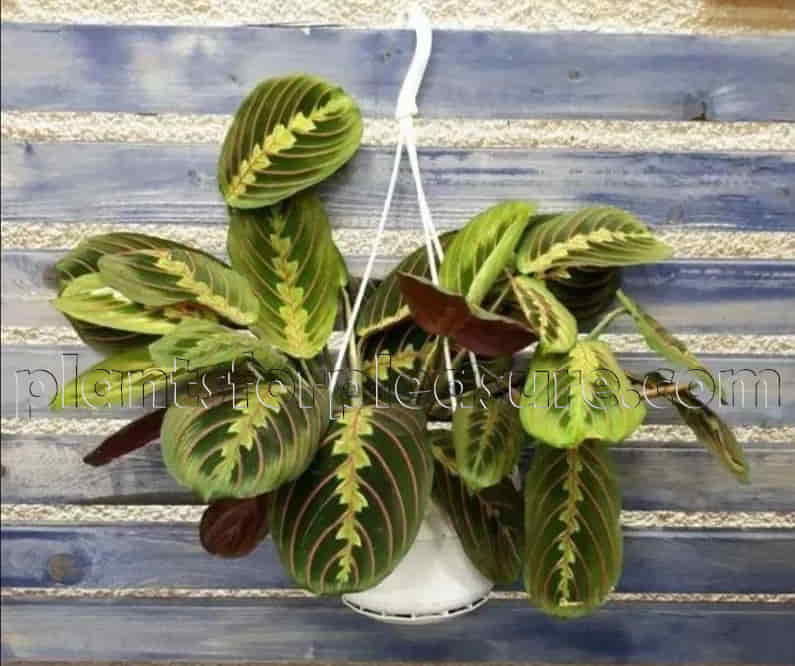
The Prayer Plant, scientifically known as Maranta Leuconeura, is a popular and easy-to-care-for houseplant cherished for its unique and captivating foliage. It has earned its common name due to the interesting behavior of its leaves; they fold up in the evening, resembling hands clasped in prayer, and then unfurl in the morning, seeking the sunlight.
One of the reasons why the Prayer Plant is an easy houseplant is its adaptability to indoor conditions. It thrives in moderate to bright indirect light, making it suitable for various areas of the home or office. It is essential to avoid exposing it to direct sunlight as it can scorch the delicate leaves.
Overall, the Prayer Plant’s low-maintenance nature, coupled with its stunning foliage and ability to adapt to various indoor conditions, makes it an excellent choice for both beginners and experienced plant enthusiasts looking to add a touch of nature’s beauty to their living spaces.
15. Pothos (Epipremnum)

Pothos, scientifically known as Epipremnum aureum, is a most popular and easy-to-care-for houseplant cherished by many plant enthusiasts. With its glossy heart-shaped leaves and cascading vines, pothos adds a touch of lush greenery to any indoor space. The plant’s climbing nature makes it a fantastic option for adding greenery to vertical spaces or cascading from shelves and hanging baskets.
One of the main reasons pothos belongs to the category of easy houseplants is its remarkable adaptability. This hardy plant can thrive in a wide range of conditions, tolerating low-light environments, making it suitable for areas with limited access to natural sunlight. It is forgiving when it comes to watering, being able to withstand occasional neglect.
Beyond its easy-going nature, pothos offers other benefits as well. It is an efficient air-purifying plant, helping to eliminate indoor pollutants and improving air quality. All in all, with its low maintenance requirements and aesthetic appeal, Pothos is a delightful and rewarding addition to any indoor garden.
16. Jade Plant (Crassula ovata)
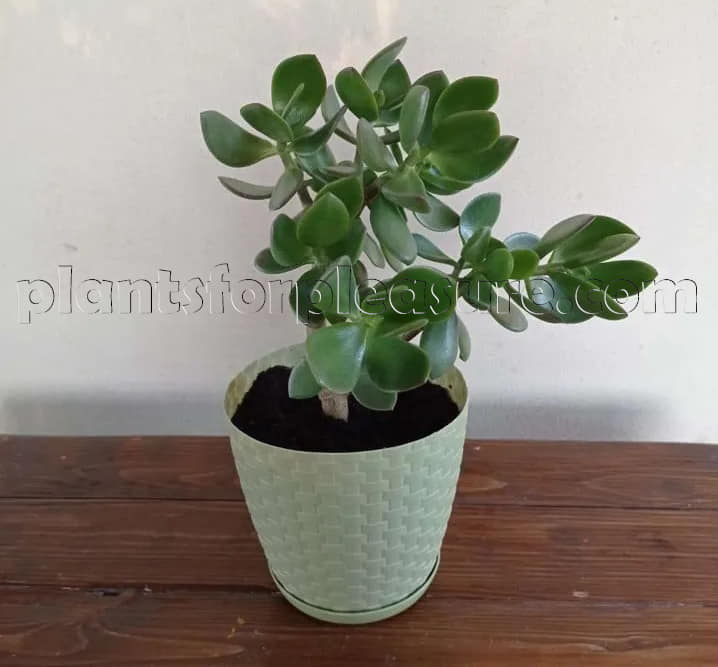
The Jade Plant, also known as the Crassula Ovata, is a low-light succulent that originates from South Africa. It is commonly referred to as a lucky plant, money plant, or money tree. The Jade Plant is known for its low level of care required and ease of caring for nature. Although it can survive in lower light conditions, it prefers strong indirect sunlight.
When watering, be sure to allow the soil to dry out completely between watering sessions; overwatering can lead to root rot. It can sometimes live without any care for over a month because jade retains water. The Jade Plant is a perfect choice for those looking for a low-maintenance houseplant that brings good luck!
17. Chinese evergreen (Aglaonema commutated)

The Chinese evergreen is a slow-growing plant, but it can live for many years with proper care. Aglaonema is a popular houseplant because it is easy to care for and will thrive in many indoor environments. They come in a variety of colors and textures, such as plain green, speckled, blotched, and variegated. Increasing up to 1.5 feet in height, it is erect and bushy, resembling a dumb cane (Dieffenbachia).
The plant does well in diffuse sun or good indirect light and prefers high humidity but will tolerate dryer air. The potting mix needs to be kept moist from spring to autumn; however, in the winter it prefers to be watered less. Plants like this are perfect for low-light indoor locations, or they can be used outdoors in warm climates as a filler plant or low hedge.
18. String of Pearls

The String of Pearl Plant (Senecio Rowleyanus) is a cascading succulent species whose leaves contain plenty of water, which makes it extremely easy to grow indoors. Summers produce white trumpet-style blooms that smell like cinnamon.
They thrive in cold to hot temperatures and have sunny spots near south or west windows. They’re drought-resistant, so regular watering will have no adverse effects on the whole organism. However, when the pea leaves start to look dry and dehydrated, do not be afraid of scrubbing.
19. Persian Shield

The Persian Shield (Strobilanthes dyerianus) is a striking and popular easy houseplant known for its vibrant and iridescent foliage. Native to Myanmar, this tropical plant features large, lance-shaped leaves that showcase a stunning mix of metallic purples, blues, and greens, creating a visually captivating picture. Its unique colors make it a fantastic choice for adding a pop of vibrancy to indoor spaces.
Caring for a Persian Shield involves providing it with bright, indirect sunlight to maintain its vibrant foliage. It thrives in well-draining soil that remains consistently moist but not soggy. Regular watering and occasional misting to maintain humidity are essential.
During the growing season, fertilize the plant every 4-6 weeks to encourage healthy growth. Pruning can help maintain its compact shape and encourage bushier growth. As this plant is sensitive to cold temperatures, it’s crucial to keep it away from drafts and extreme temperature fluctuations.
20. Peperomia

The Peperomia Obtusifolia Variegata, commonly known as the Variegated Baby Rubber Plant, is a popular indoor plant admired for its unique features and numerous benefits. It is a charming indoor plant cherished for its distinctive appearance, air-purifying qualities, and ease of care.
Caring for the Variegated Baby Rubber Plant is relatively straightforward. It thrives in moderate to bright indirect light, making it adaptable to various lighting conditions within the home. The soil should be well-draining, and it’s recommended to allow the top inch of soil to dry out before watering.
With its vibrant green leaves adorned with cream-colored edges, this plant adds a touch of elegance to any indoor space. Its compact size and slow growth rate make it an ideal choice for small spaces, shelves, and desks.
Overwatering should be avoided to prevent root rot. Pruning can help maintain its compact shape and promote healthier growth. Regular wiping of the leaves with a damp cloth helps prevent dust buildup and maintains the plant’s glossy appearance.
21. Tradescantia

Plants of the genus bear the names of two English explorers and naturalists, John Tradescant the Elder and the Younger. They introduced many new species to English gardens through their contributions to the world of plant science. Tradescantia is a genus of 70 species of perennial herbs and evergreen vines in the family Commelinaceae, native to the New World from southern Canada to northern Argentina.
Often referred to as spiderworts or wandering Jews, they are commonly found in the wild. The three species commonly grown as trailing plants are Tradescantia Fluminensis, Tradescantia Zebrina, and Tradescantia Spathacea. All are easy to grow and make attractive low-maintenance houseplants.
22. Anthurium

Anthuriums are relatively easy to care for, but there are a few things to keep in mind. They need bright indirect light and well-draining soil. The anthurium plant is a beautiful addition to any home. Even so, you should be aware that this can be a finicky plant. Trial and error may be necessary, but it will be worth it, in the end, to have this beautiful plant at home.
They are distinguished by their waxy spathes, which are heart-shaped, and their red or yellow flower spikes, which are tail-like. With its bright, heart-shaped flowers, it is certain to add a touch of elegance to any room. Indirect light does not affect anthurium plants, but low light will result in fewer flowers and slower growth.
Keeping anthuriums in a half-and-half soil mix with orchid soil or perlite is the best way to maintain them as houseplants. Anthuriums need little care and can be kept in any container.
23. Ponytail palm

The ponytail palm is a slow-growing, drought-tolerant evergreen with a swollen base that resembles a bottle. It is native to Mexico and can grow up to 15 feet tall. It has long, slender leaves that cascade from the top of the plant like a waterfall.
Upon reaching maturity, the single palm-like stem produces terminal tufts of strap-shaped, recurved leathery leaves, sometimes with hair lock-like ends, and occasionally panicles of small white flowers. It is one of the best low-maintenance houseplants to care for and will be a great addition to the design of your home.
24. Silver Pothos

Most houseplants known as Pothos usually stem from a single species: Epipremnum aureum. It’s also known as the Golden Pothos, because most of the variegated varieties have golden yellow spots.
If you have a limited amount of time but want a beautiful indoor garden, this is the perfect choice for you. Put your Potos under bright but indirect light and don’t let the soil be too wet. Then, your greens will grow into a thriving, gorgeous plant.
25. Hoya

Hoya plant care is easy, since vining succulent plants do well in low-to-moderate light and receive intermittent watering with equanimity, unlike many other tropical species. However, often getting blooms out of this plant may take extra effort. You may need to wait until the stars align if you want to see this plant’s waxy star-upon-star blooms.
We don’t fertilize a lot during the growing season. To protect the plants that need watering, be sure to use a fertilizer that is low in salts.
26. Schefflera Arboricola (Dwarf Umbrella Plant)
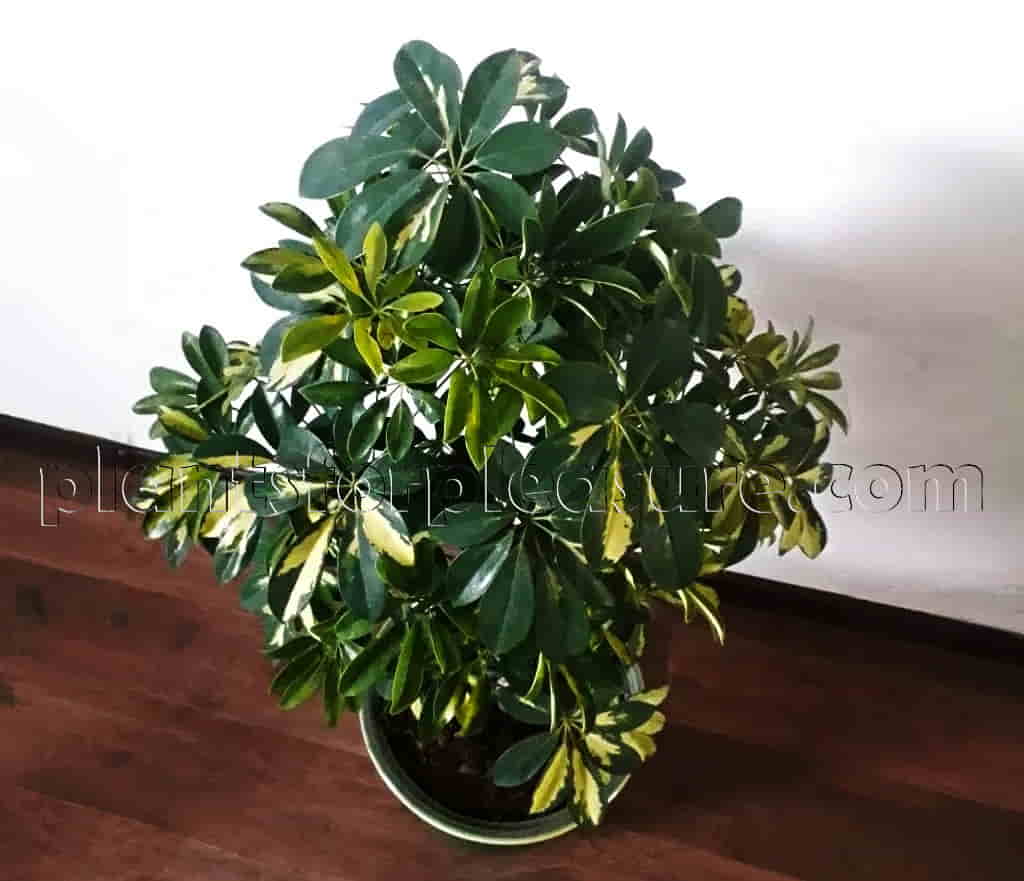
A member of the Ginseng Family, the Schefflera Arboricola plant develops leaves in shapes that are peculiarly irregular – a tree with more oval-shaped leaves with pointed points growing in smaller, circular groups of 5 to 9 leaves. It grows more slowly and thus finds sufficient space even in smaller-sized rooms.
This broad-leaved evergreen plant may be grown indoors and outdoor. Place it in a bright window that receives indirect light. It does not do well in an atmosphere that is too wet or humid, so don’t worry if the soil dries out between watering.
27. Bird’s Nest Fern

One of the most common and beautiful houseplants is the U.S. National Arboretum Fern, known as the Bird’s Nest Fern or Asplenium Nidus. Palm trees are a common habitat for the tropical fern that is native to Southeast Asia, Australia, East Africa, and Hawaii among others. Ferns like this can flourish in shady conditions and hugely enjoy areas that are kept moderately cool or shady.
As a result, the Bird’s Nest Fern provides you with large, glossy leaves in a circular pattern that resembles a bird’s nest (hence the common name for this plant).
28. Boston Fern
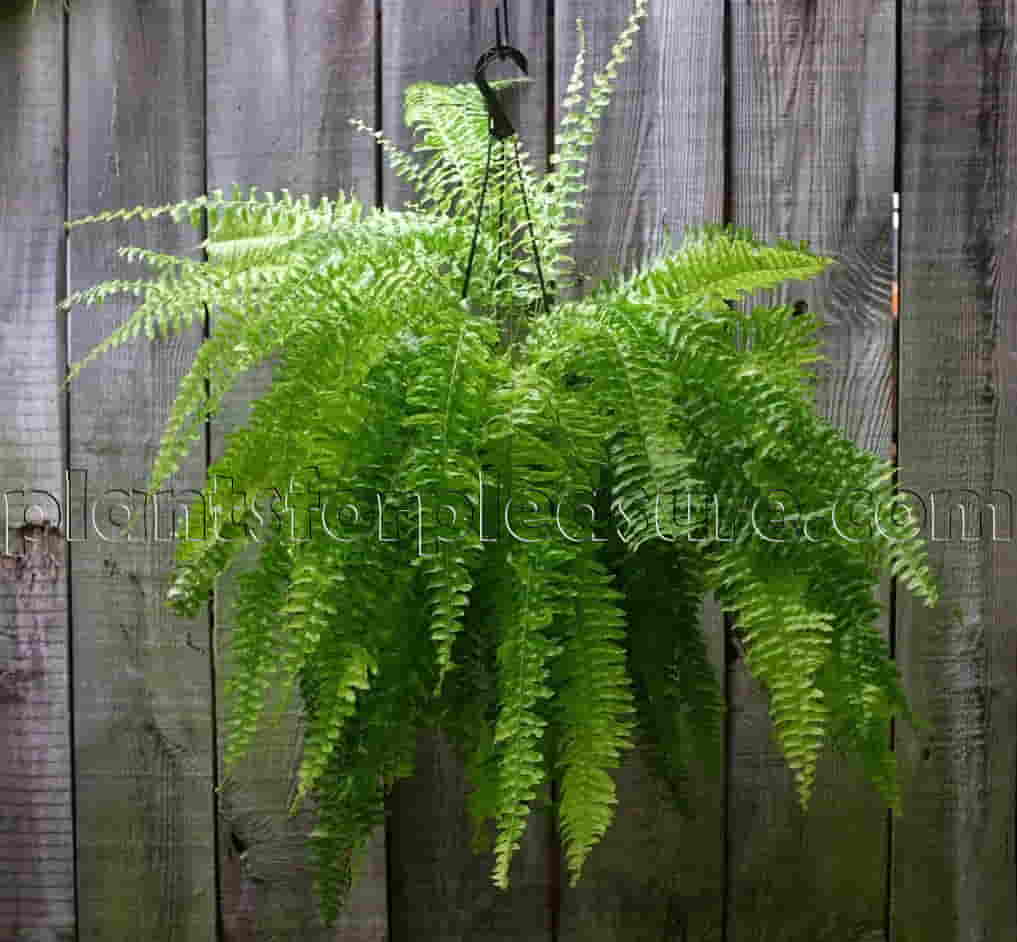
Plants like Boston ferns have become popular tropical plants that can be grown both indoors and outdoors. When you give it high humidity and consistent moisture, you’ll see long, arching stems of spring-green foliage. Due to their adaptability to our warmer homes (those Victorians liked the cold), newer varieties such as the Kimberley Fern and Boston Fern have become much more common.
29. Cast Iron (Aspidistra Elatior)

The cast iron plant may seem like an odd name for a tropical evergreen, but once you realize just how tenacious it is, you will understand how the name came about.
The plant has been nicknamed the Cast Iron Plant because of its ability to withstand poor lighting, murky conditions, bad air quality, and cold or warm temperatures. This slow-growing perennial can reach up to three feet in height and width and is often used as a houseplant because it thrives in low-light conditions.
Widely grown as a house plant, it can also be grown successfully outdoors in shade in temperate climates, where plants will generally cope with temperatures down to −5 °C (23 °F). It’s a tough plant that can withstand neglect and low light levels, making it perfect for those who don’t have a green thumb.
30. African Violet Plant

If you’re looking for an indoor plant that does well in medium to bright light, the African Violet is a good choice. These plants thrive in bright, indirect light and can tolerate medium-light conditions as well. They do best in moist potting soil and should be fertilized regularly to promote healthy growth. African violets are relatively easy to care for, making them a good choice for those who are new to growing houseplants.
However, because they’re susceptible to root rot, it’s important not to overwater them. Allow the soil to dry out slightly between watering. These plants also benefit from being potbound, so don’t be in too much of a hurry to repot them. When you do, use a well-draining potting mix and only move them up one size.
African violets can be propagated from leaf cuttings, so if you know someone with a healthy plant, you can start your own from a cutting. These plants typically bloom in the spring and summer, but with the right care, they can bloom year-round.
31. Kalanchoe

Kalanchoe is a favorite among gardeners because it looks good even during winter. Houseplant growers appreciate this plant for its alluring long-lasting reddish, pink, orange, or white flowers that appear in the cold of the winter months. Such a plant is beautiful during the cold seasons.
This is a potted plant with flowering branches that requires very little maintenance. The leaves of this plant have a dark green, waxy texture, scalloped edges, and four-petaled flowers held above the foliage in clusters. These indoor plants for beginners are very easy to care for and quite forgiving.
32. Red Aglaonema (Pink or red-leaved Chinese evergreen)

We often crave brighter colors and bold patterns when we look at beautiful plants. The Chinese evergreen, also known as Aglaonema, is a plant with both this and that. This tropical houseplant is compact, easy to grow, and loves its colorful patterns, ranging from jungle red, silver, and yellow to stripes, speckles, and even whiteys.
Along with the stunning appearance of these plants, aglaonema is also a primarily low-maintenance plant that’s great for beginning plant parents. It is also generally slow-growing, requiring you to repot every three years or so that you are satisfied. This greenery is easy to care for, even if you pay very little attention to it. Your favorite plant may very well be this one; just put it on a window sill but keep it away from drafts!
33. English Ivy

A common kind of European Ivy (Hedera Helix) has perfect climbing abilities without being tied to a particular surface by constantly rising across widespread stems. Ivy care isn’t very difficult so you can put them where you need them without the hassle of tending them.
European colonists introduced English ivy as early as 1727. It’s widely planted for its evergreen foliage and usefulness as a year-round carefree ground cover. Although regarded as a severe weed in natural environments, parks, landscapes, and other areas, it continues to be sold and marketed as an ornamental plant in the U.S.
Conclusion
Whether you’re a beginner or an experienced houseplant grower, there’s an easy houseplant out there for you. With so many options to choose from, you’re sure to find one that will thrive in your home. Be sure to research each plant thoroughly before making your purchase to ensure that it will meet your needs. With proper care, your easy houseplants will thrive and provide you with years of enjoyment.
FAQ
What Is The Easiest Large Indoor Plant To Take Care Of?
The easiest large indoor plant to take care of is the Dracaena. These plants are tolerant of low light and can go for long periods without water. They also don’t require much fertilizer.
Dracaena is a popular choice for indoor plants due to its attractive appearance, air-purifying abilities, and relatively low maintenance needs. It can add a touch of tropical elegance to your living space without demanding too much attention.
What is the best plant for a beginner?
The best plant for a beginner would likely be the Snake Plant (Sansevieria), also known as the Mother-in-Law’s Tongue. It is a popular choice for both beginner and experienced plant enthusiasts due to its low maintenance requirements and adaptability to various indoor conditions.
How Do You Keep Low-Maintenance Indoor Plants Healthy?
To keep low-maintenance indoor plants healthy, follow these key guidelines:
– Water sparingly, allowing the soil to dry out between waterings. Avoid overwatering, as it can lead to root rot. Use well-draining pots with drainage holes.
– Provide indirect light for most low-maintenance plants.
– Dust the leaves regularly to enable efficient photosynthesis.
– Monitor for signs of pests or diseases and address issues promptly.
– Consider occasional fertilization using a balanced houseplant fertilizer.
– Trim yellowing or dead leaves to maintain plant vitality.
– Regularly rotate the plants to ensure even growth.
With minimal effort, these easy houseplants will thrive and beautify your indoor space.
What Is The Best Plant For A Low Light Room?
The best plant for a low-light room is the ZZ plant (Zamioculcas Zamiifolia). It thrives in low to moderate light conditions, making it perfect for dimly lit spaces. The ZZ plant is known for its resilience and ability to tolerate neglect, making it an ideal choice for those without a green thumb.
Its glossy, dark green leaves add a touch of nature to any indoor setting while requiring minimal maintenance. Remember to water it sparingly, as overwatering can lead to root rot. Overall, the ZZ plant is an excellent option to bring life to a low-light room effortlessly.
What is the best plant for a highlight room?
The African violet (Saintpaulia) is an excellent choice for a highlight room due to its beautiful, vibrant flowers and compact size. It thrives in bright, indirect light, making it ideal for well-lit spaces. With proper care, African violets can bloom almost year-round, adding a splash of color and elegance to any room. Regular watering and a well-draining potting mix will help these charming plants flourish in your highlight room.

Author
Susan is a plant lover with over 10 years of experience caring for houseplants. She enjoys watching her plants thrive and sharing her knowledge with others. As the writer for this website, Susan offers simple, practical tips to help readers grow happy and healthy plants.






